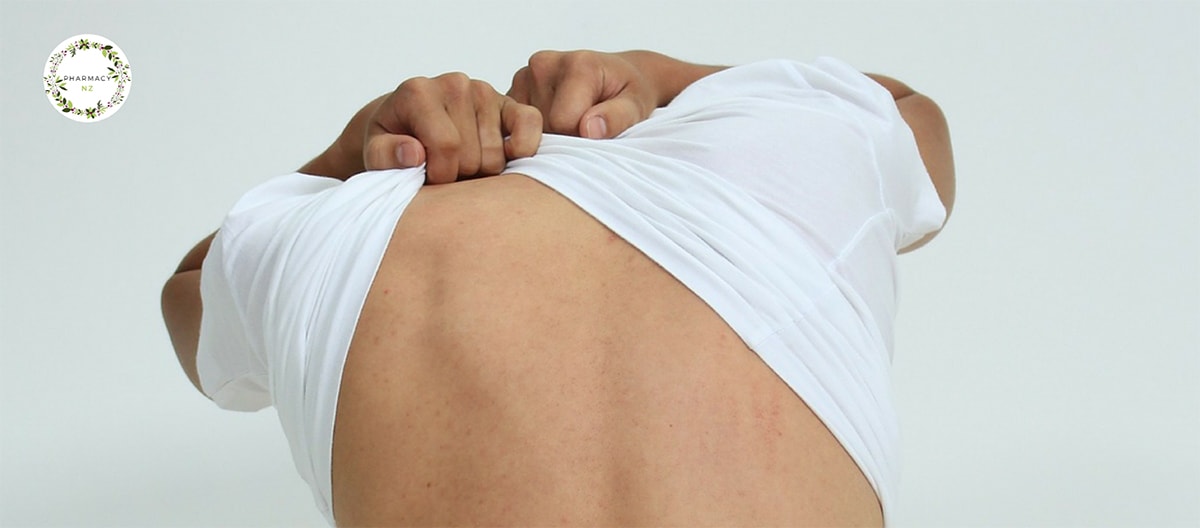 Who wants to get a skin infection? I sure don’t and I bet you don’t want to get one either. Aside from the danger it poses to you and your loved one’s health, you can also get a scar. And you don’t want that. So, let me help you get more familiar with the most common skin infections and what you can do to help avoid them.
Who wants to get a skin infection? I sure don’t and I bet you don’t want to get one either. Aside from the danger it poses to you and your loved one’s health, you can also get a scar. And you don’t want that. So, let me help you get more familiar with the most common skin infections and what you can do to help avoid them.
But first, let’s understand what is skin infection?
The skin is a host to many pathogens. Part of these are viruses, bacteria as well as fungus. These are all important elements in maintaining healthy skin flora. However, there are times when the skin’s healthy balanced flora is disturbed. This can be due to an over-production of viruses, fungus, and bacteria, which can lead to skin infection.

What are the most common skin infections?
There are three main categories of skin infections. These are viral, bacterial and fungal.
What is a viral infection?
Herpes Simplex Virus (HSV) is the most common of viruses to result in an infectious outbreak. It is commonly known as a cold sore. This virus occurs prior to having colds, a cough or flu. Once this virus is in your system you generally have it for life but it does become dormant. It can reactivate when the body experiences high stress or even when getting exposed to sunlight.
What is a bacterial infection?
There are thousands of bacterial species residing in the skin. And these are part of the regular and healthy skin flora. Staphylococcus aureus and Streptococcus pyogenes are frequent visitors to the skin. These strains of bacteria can survive without causing an outbreak. However, when the skin is exposed to pollution, you cut or scratch your skin, have poor hygiene or a pre-existing condition, a bacterial infection can occur.
What is a fungal infection?
This type of skin infection is probably the most common of all. Some of the most popular and well-known fungal infections include athlete’s foot and jock itch. These are mainly caused by Trichophyton, Microsporum, and Epidermophyton. They are highly contagious fungi and can easily spread through skin-to-skin contact.
How to prevent secondary infection (any or a combination of what was discussed above)?
A skin infection does not really come out of nowhere. It is usually the result of an open wound either from a cut or scrape that has been neglected. When a simple skin irritation is not cleaned and cared for, it can be a breeding ground for germs. And these germs attract either viral, bacterial or fungal infection. It is, therefore, wise to clean any open wound and use an antiseptic product for first aid treatment. This will decrease the chances of developing further infections.
Shop This Story
To learn more about skin infections and what products are available to use for them, visit our website!
SHOP FOR ANTIFUNGAL TREATMENTS





